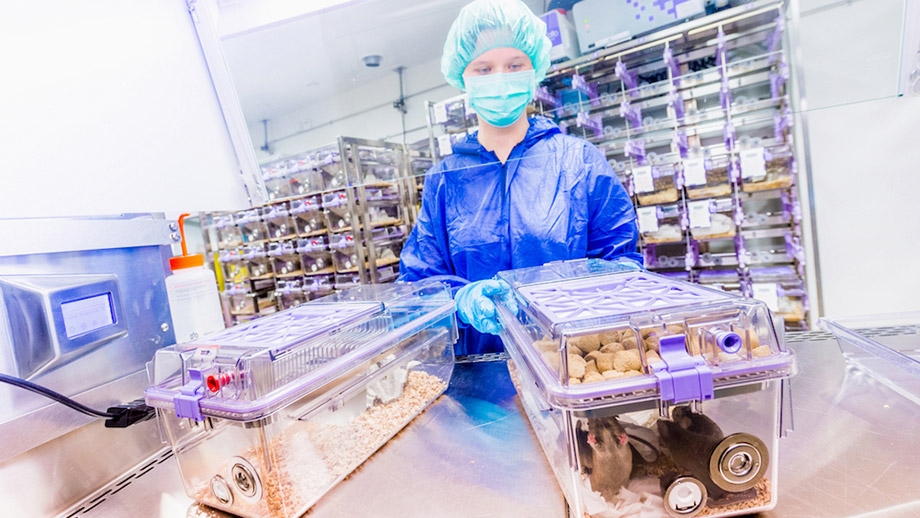Reduce: Breeding fewer animals
Veterinarian Philippe Bugnon and two colleagues are developing new software to ensure that when mice and rats are bred for certain traits, as few animals as possible are produced that cannot be used for research.
Mice and rats are by far the most commonly used animal in research. As they have clearly defined genetic properties, they are enormously valuable for researching complex diseases and testing new therapies. When genetically modified animals are bred, usually not all of the animals meet the criteria required for a study.
Reduction to the minimum necessary
Animal breeding works according to the rules of heredity: Nature determines how many female and male young animals are born with particular characteristics in each generation. Philippe Bugnon, veterinarian and head of training at the UZH Institute of Laboratory Animal Science, is developing a new software for optimal breeding planning. The goal is to minimize the number of animals bred that cannot be used for a research project. Based on the breeding objective and the available animals, the algorithm calculates all possibilities for the required number of test animals with the desired characteristics. Then the software determines the breeding path that requires the fewest animals.
Free software for optimal rodent breeding
Bugnon is working with UZH professor and rodent expert Thorsten Buch and Frank Brand, an expert in mathematical modeling and professor at the Berlin School of Economics and Law. A first part of the software is already in use: Since the end of 2021, the "Breeding Calculator" is available free of charge to all laboratory animal breeders and research laboratories. On the interactive website, the number of breedings required can be calculated to obtain the desired results (genotype, sex) with a predefined probability of success.
Institute of Laboratory Animal Science: Breeding Calculator
The work is one of six projects financed by the Swiss 3R Competence Center (3RCC) in 2019: 3RCC: Breeding management software for genetically modified rodents
